This section explains the installation format required to use the release automation template.
A complete schematic of the Systemwalker Runbook Automation and release automation template installation format is shown below.
Figure 7.2 Schematic Diagram of the Installation Format
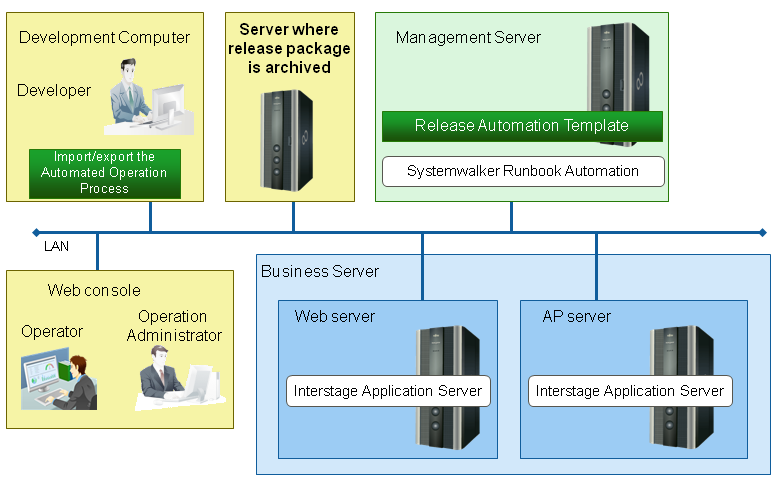
Units that perform release tasks
The release automation template is defined to deploy the release package to one Managed Server.
Figure 7.3 Units that perform release tasks
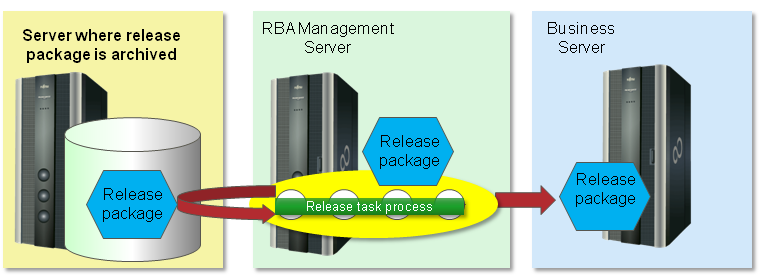
By customizing the release automation template it is possible to release the release package to multiple release targeted servers.
Figure 7.4 (Multiple) units that perform release tasks
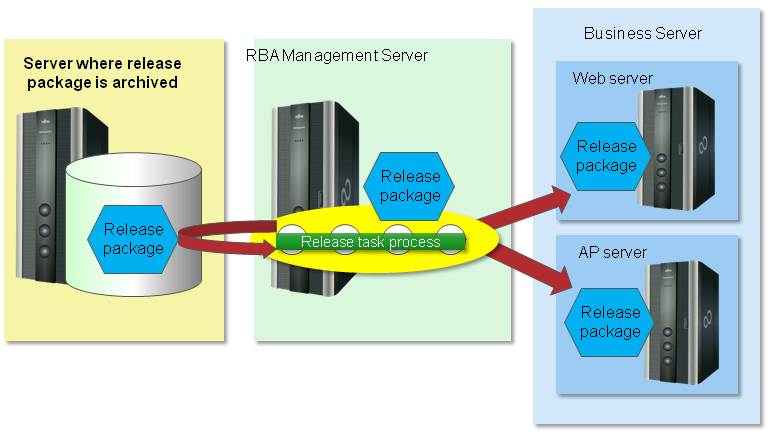
Refer to "7.8.1.3 Releasing a Release Package to Multiple Release Targeted Server" for information on how to customize.
Business Server configuration
The use of the release automation template assumes a release package is being deployed to a business system configured as shown below. It will be possible to automatically deploy each type of application and definition file that runs on the business system via instructions from the operator or the administrator.
Figure 7.5 Release of Java EE application
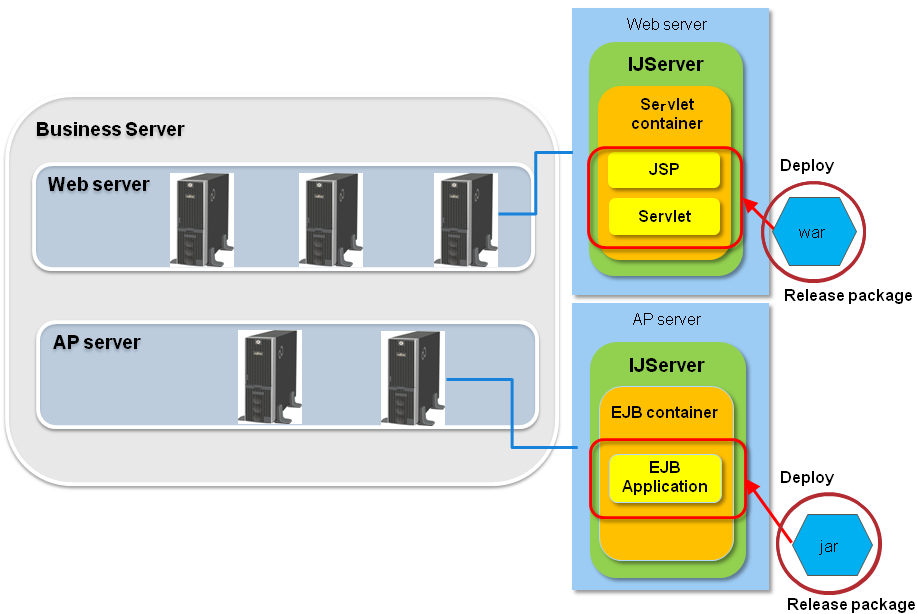
Figure 7.6 Release of J2EE application
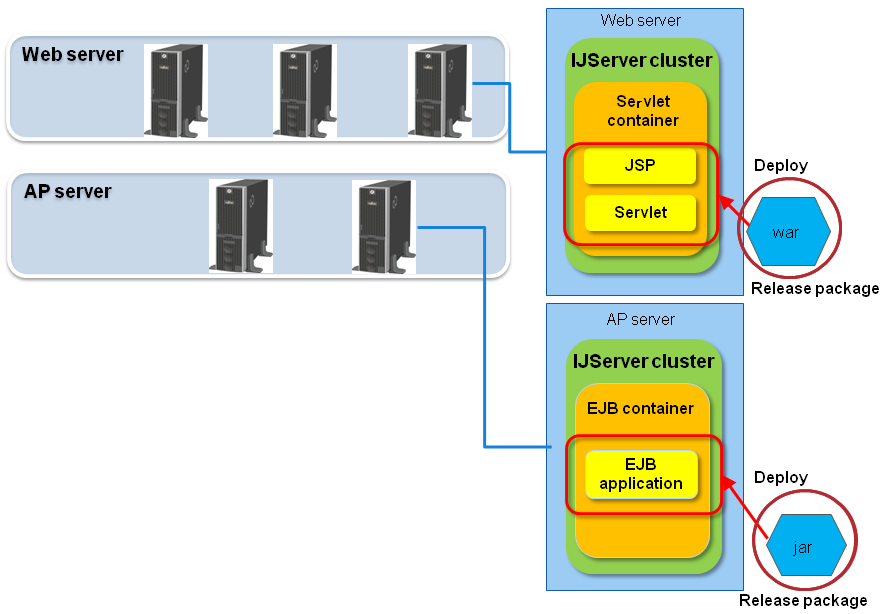
Figure 7.7 Release of other applications
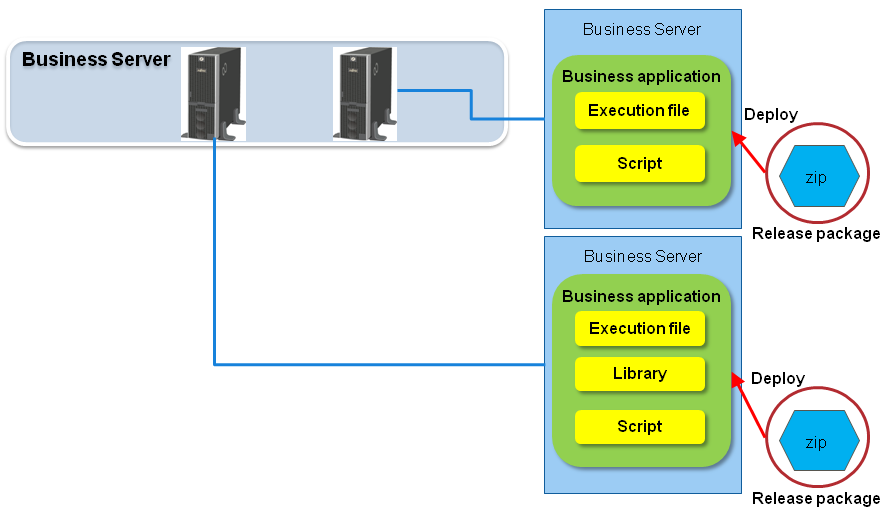
Release automation template configuration
The release automation template is a process definition that deploys release packages to the release targeted servers. The following three types of release package are provided:
Template for the release of the Interstage Application Server Java EE application
Supports the following Java EE applications packaged through methods that are compliant with the Java EE conventions:
jar files
WAR files
EAR files
RAR files
Template for use with Interstage Application Server J2EE application
Supports the following J2EE applications packaged through methods that are compliant with the J2EE Version 1.3 conventions:
jar files
WAR files
EAR files
RAR files
Template for use with other applications
No restrictions apply to file types. Configure deployment methods as required.